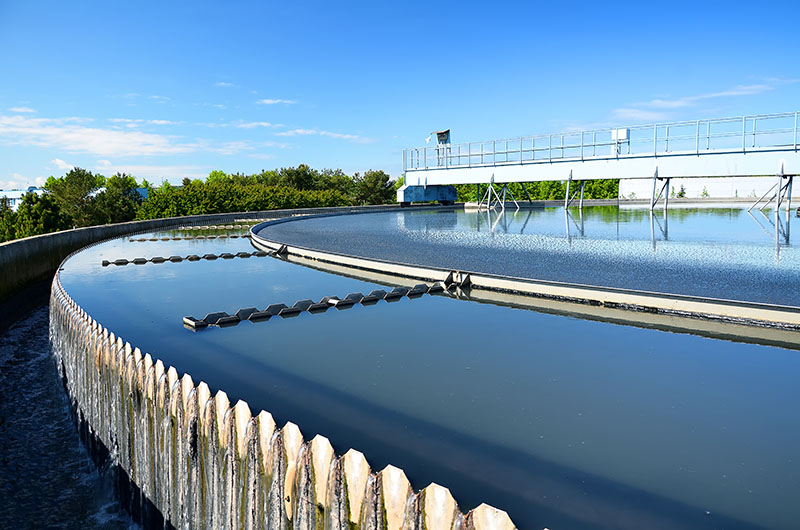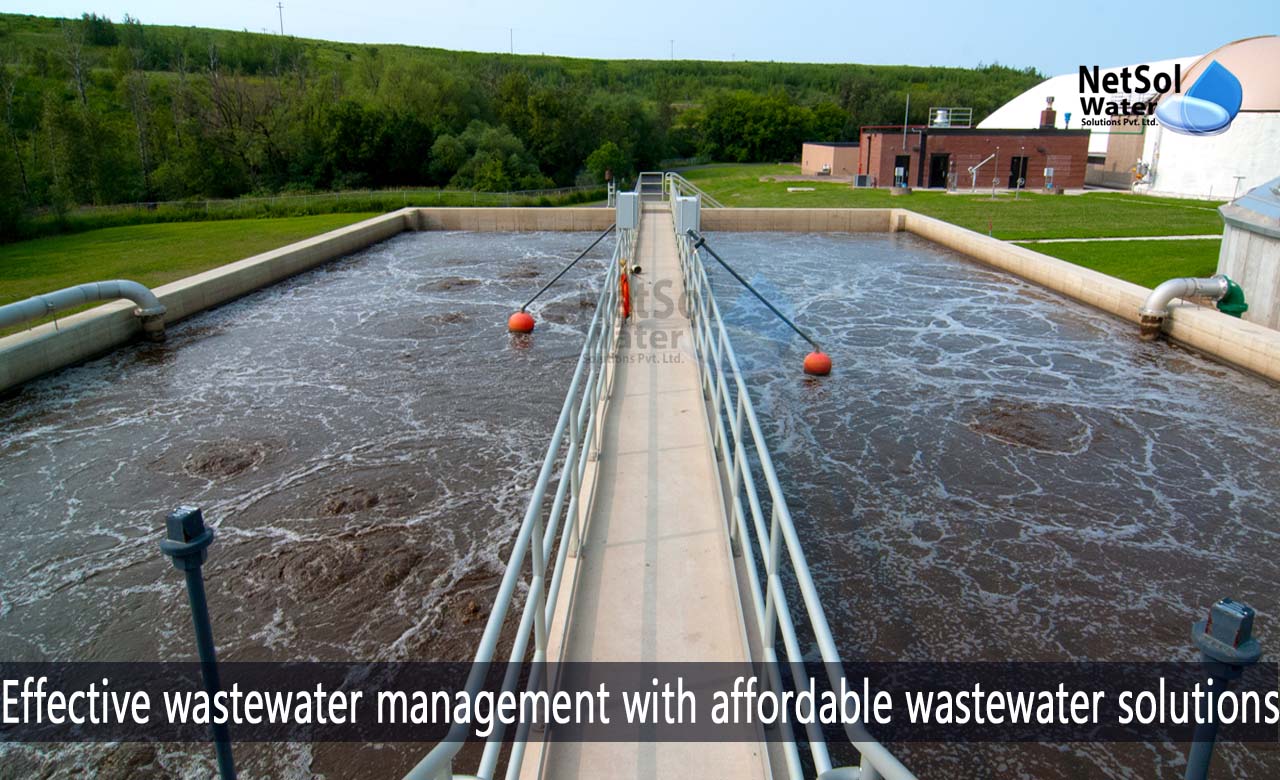Comprehending Wastewater Treatment Processes and Their Environmental Effect
The ins and outs of wastewater therapy processes play a critical duty in mitigating ecological obstacles connected with water contamination. Each phase, from preliminary to sophisticated treatments, is created to resolve specific contaminants, eventually safeguarding both public health and aquatic ecological communities.
Summary of Wastewater Therapy
Just how is wastewater changed right into a secure source for the environment? Wastewater treatment is a critical procedure developed to get rid of contaminants from made use of water, consequently protecting public health and safeguarding ecosystems. This procedure starts with the collection of wastewater from property, industrial, and business sources, which is after that guided to treatment facilities.
At these centers, various physical, chemical, and biological techniques are used to deal with the wastewater. Preliminary testing removes big debris, followed by sedimentation to separate heavier solids. Consequently, biological treatments, such as turned on sludge procedures, make use of microorganisms to break down organic matter. These methods not only decrease contaminant degrees but additionally assist in the healing of valuable nutrients.
The treated effluent can be securely released right into natural water bodies or recycled for irrigation and industrial objectives, advertising source conservation. Furthermore, the treatment procedure produces biosolids, which can be repurposed as plant foods or soil amendments, further enhancing sustainability.
Stages of Treatment Procedures
The wastewater therapy procedure generally contains three main stages: preliminary, key, and second therapy. Each stage offers a distinct role in decreasing the pollutant load and ensuring the effluent satisfies ecological requirements before discharge.

The key therapy stage concentrates on the physical splitting up of put on hold solids from the wastewater. Through sedimentation, much heavier particles clear up at the end of sedimentation storage tanks, developing sludge, while lighter products, such as oils and greases, float to the surface area and are skimmed off. This procedure considerably reduces the natural and inorganic lots in the wastewater.
Secondary treatment is an organic process intended at additional minimizing the concentration of raw material. Different techniques, consisting of triggered sludge systems and flowing filters, utilize microbes to metabolize organic pollutants. This stage is essential for accomplishing the required biochemical oxygen demand (BOD) reduction, eventually resulting in cleaner effluent all set for discharge or more therapy. Each stage is important in safeguarding environmental and public health and wellness.

Advanced Therapy Technologies
Complying with the secondary treatment processes, advanced therapy technologies play a vital function in additional boosting the high quality of dealt with wastewater. These technologies are designed to get rid of residual pollutants that are not effectively removed throughout main and second therapies, making certain the effluent satisfies stringent regulative criteria.
Amongst the extensively utilized sophisticated therapy methods are membrane layer purification, reverse osmosis, and progressed oxidation procedures. Membrane filtering, including microfiltration and ultrafiltration, is efficient in dividing great bits, pathogens, and colloids from the water (Wastewater). Reverse osmosis uses semi-permeable membrane layers to eliminate liquified solids, leading to high-quality water suitable for different applications
Advanced oxidation processes (AOPs) utilize strong oxidants to break down natural contaminants, consisting of drugs and individual care items that are resistant to standard therapy. These methods boost the biodegradability of intricate substances, promoting their elimination.
An additional substantial innovation is making use of organic nutrient removal processes, which particularly target nitrogen advice and phosphorus, preventing eutrophication in getting water bodies. On the whole, sophisticated therapy technologies are necessary for accomplishing higher degrees of purification, promoting water reuse, and protecting public health and wellness while dealing with the obstacles associated with wastewater administration.
Ecological Benefits of Therapy
Various environmental advantages arise from effective wastewater therapy processes that add to ecosystem health and sustainability. Mainly, these procedures significantly reduce the launch of unsafe contaminants into all-natural water bodies, which helps keep aquatic ecosystems. By eliminating impurities such as heavy metals, nutrients, and microorganisms, dealt with wastewater minimizes the danger of waterborne diseases and advertises biodiversity in marine atmospheres.
Additionally, wastewater therapy facilities typically utilize advanced innovations that make it possible for water recycling and reuse. This practice not just saves fresh water sources however additionally reduces the need on natural water products. Improved nutrient elimination from wastewater can also visit their website avoid eutrophication, a procedure that brings about algal blossoms and succeeding oxygen exhaustion in aquatic systems.
In addition, efficient treatment procedures can reduce greenhouse gas emissions, particularly methane and laughing gas, which are commonly launched throughout unattended wastewater disintegration. By catching and utilizing biogas from anaerobic digesters, centers can convert waste into renewable resource, thus adding to a decrease in fossil gas dependence.
Challenges and Future Fads
While the ecological benefits of wastewater therapy are clear, a number of obstacles persist that hinder optimal results in this field. One significant problem is maturing facilities, which frequently causes inefficiencies and enhanced operational prices - Wastewater. Several therapy plants were developed years earlier, and their abilities do not line up with modern demands, which include more stringent governing requirements and greater quantities of wastewater as a result of urbanization

Looking in advance, there is a growing focus on resource recovery and circular economic situation principles within wastewater treatment. Innovations such as anaerobic food digestion, which can create biogas, and progressed filtering technologies are acquiring traction. These approaches not only improve therapy efficiency however additionally advertise sustainability.
Ultimately, attending to these difficulties requires cooperation among stakeholders, financial investment in modern technology, and a commitment to recurring study. By welcoming these trends, the wastewater therapy market can develop to meet the demands of a changing setting and culture.
Verdict
Finally, wastewater treatment processes play an essential function in improving environmental top quality and public health. The multi-stage treatment framework, paired with sophisticated technologies, successfully alleviates air pollution and promotes hop over to these guys lasting water administration. By addressing recurring impurities and minimizing nutrition runoff, these processes add to the conservation of marine environments and the reduction of greenhouse gas emissions. Proceeded developments and adaptations in treatment techniques will be important for getting over emerging difficulties and guaranteeing the sustainability of natural resources (Wastewater).